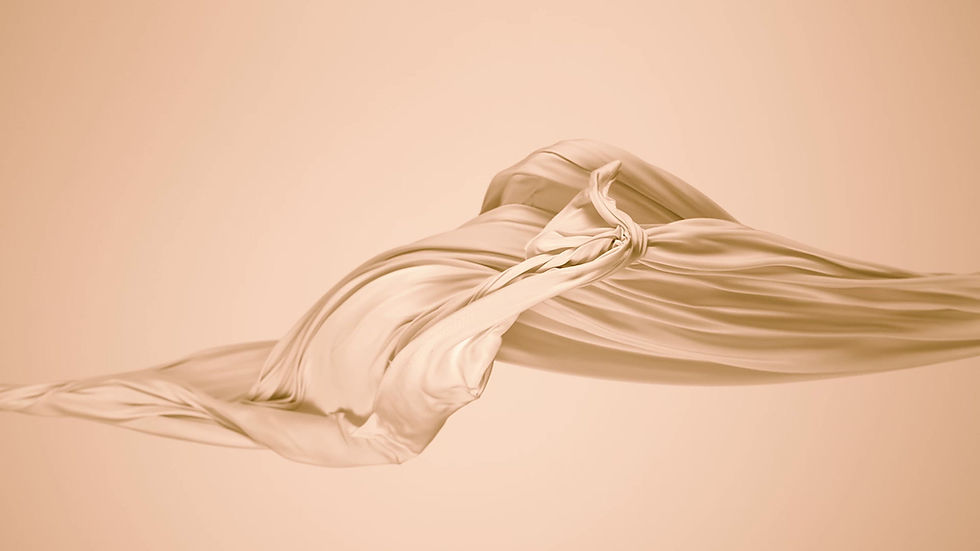
Classroom Content To Accompany Obra Maestra
To introduce each artist, provide the name and show one or two of their art pieces. Ask the child(ren) what they notice about the artwork, what they see in each image, and how they think the artist made it. Then give a brief and simple description of how the artist made their work. Next provide the art materials and allow the children to explore them in a way that feels natural to them. Try not to direct their use of the materials, rather allow them to direct their own expression of what they heard and saw during the discussion.

"I blend colors like Georges Seurat,
dip, dot, boop."
A Sunday On La Grande Jette, 1884
Offer paint in a variety of colors in shallow dishes, paper, and q-tips. Allow the child to explore painting with the q-tips. For the first experience, use tempera paint.
As a subsequent experience, try using the q-tips with liquid watercolor, or use other objects to change the size of the dots, like pom poms or dabber markers.
Discuss with children how they place the dots to make an image. How is this different from traditional painting? Does it feel different? Do they have to think differently as they create?
Try This!

Key Word: Pointillism
Using small dots of color and blending them so that from a distance they form an image.


"I watercolor the desert like Georgia O’Keeffe,
swipe, curve, blend."

Try This!
Georgia often collected items while she went on adventures and brought them home to paint or draw. Take children on a walk and allow them to find treasures, like pine cones, acorns, feathers, rocks, sticks, flowers, etc. and bring them back home or to the classroom. The objects can then be used as painting or drawing subjects or they can be used in sculpture or collage. Pictured below is an activity that we did in my classroom. We brought the children for a walk and collected objects in individual pencil bags. Once we returned to school, we provided paper and paint and allowed the children to explore their natural materials. Many chose to paint with their found objects.


Try This!
Give children real flowers (be sure to use flowers that are non-toxic!) and provide paper, watercolors, and brushes and allow them to paint what they see.
Try This!
Even the youngest children can explore O'Keeffe's images and create flowers of their own. Offer them coffee filters with watercolor paint, brushes, pipettes, or droppers. Allow them to drip and drop the paint onto the filter and watch the colors blend and bleed together. Best to use trays underneath to contain any runoff of paint. This can be done with any type of paint, but watercolor allows for the most flexibility once dry. Add glitter for another level of aesthetic! Once dry, the filters can be scrunched together to give the look of blooming flowers. Preschool aged children and above can use pipe cleaners to secure the filters together and create a stem if they so choose.
Older children can also begin an introduction to the concepts of foreground and background.
Examine and discuss how O'Keeffe uses the different parts of a painting to create dimension, especially in her landscape paintings.
Make a mural together, highlighting what will be in the foreground and what will be in the background.
This piece is from a classroom of four and five year olds. They created an imaginary land when they wrote a group story. They did each section of the mural separately as they learned about foreground and background. The pieces were layered to create depth and dimension. The teachers printed out full size pictures of each child and laminated them so that they could add themselves to their magical world.


